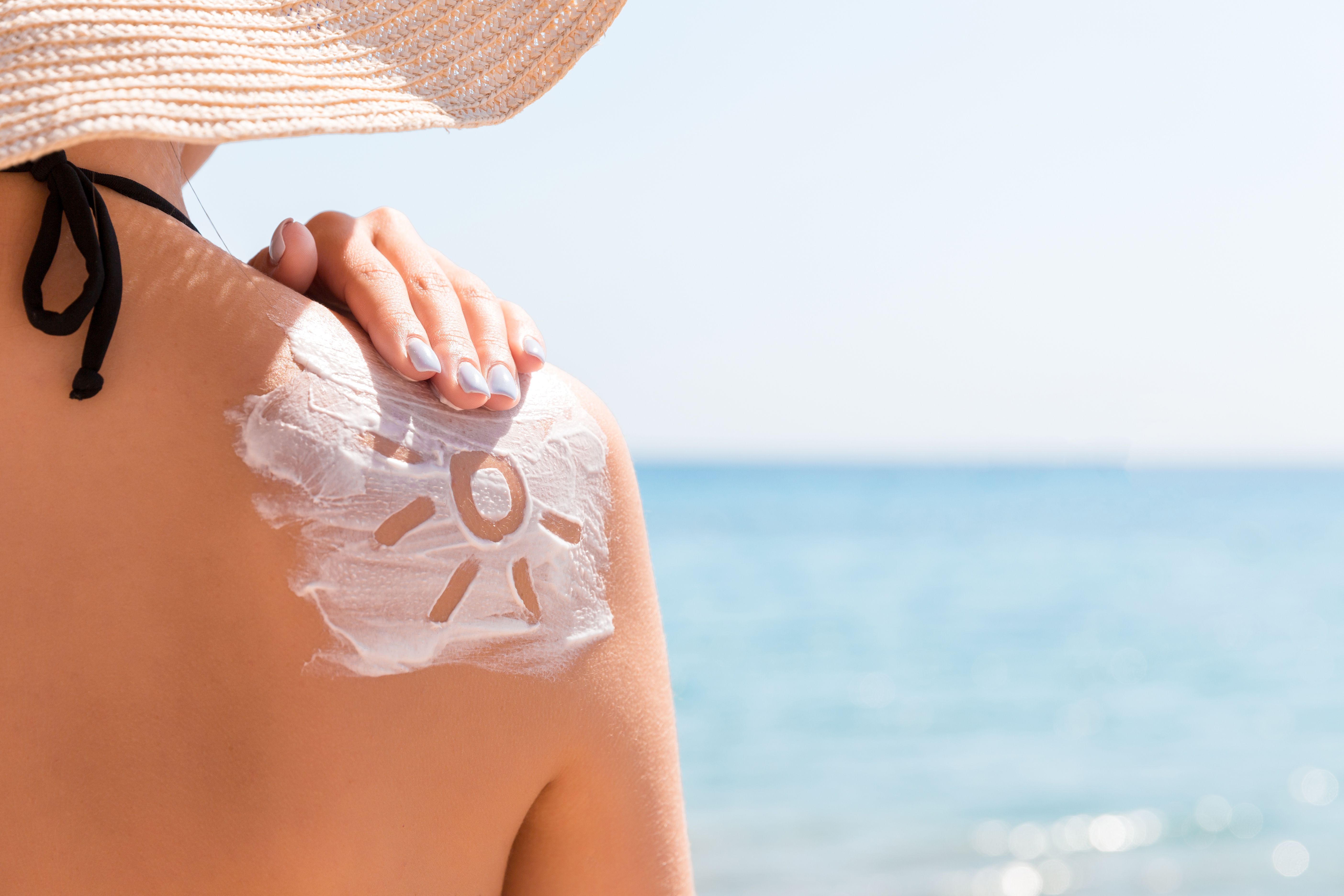- Case-Based Roundtable
- General Dermatology
- Eczema
- Chronic Hand Eczema
- Alopecia
- Aesthetics
- Vitiligo
- COVID-19
- Actinic Keratosis
- Precision Medicine and Biologics
- Rare Disease
- Wound Care
- Rosacea
- Psoriasis
- Psoriatic Arthritis
- Atopic Dermatitis
- Melasma
- NP and PA
- Skin Cancer
- Hidradenitis Suppurativa
- Drug Watch
- Pigmentary Disorders
- Acne
- Pediatric Dermatology
- Practice Management
- Prurigo Nodularis
- Buy-and-Bill
Article
Sara’s Skin Security: Arm Them With Knowledge
Author(s):
Discussing photoprotection with patients is crucial as “Melanoma May" kicks off this month.
Sara M. Wilchowski, DMSc, PA-C

As we approach the summer months with long days, warm air, and ample time spent outside, we must remind patients about the importance of photoprotection. In the words of Benjamin Franklin, “an ounce of prevention is worth a pound or cure.” Given this is Melanoma May, it is fitting to discuss skin cancer prevention and how to approach this topic with patients.
As health care providers, we take pride in educating our patients on their condition and treatment options. It is crucial to ensure they understand that choices have downstream ramifications. The opportunity presents to every patient to discuss skin cancer prevention, not just those seen for full-body skin exams. Having conversations about photoprotection with our younger patients, even during acne visits, can significantly reduce the risk in the long term. Here are some talking points with your patients this summer.
Facts
Inform patients that skin cancer is the most common cancer in the United States, affecting approximately one out of five individuals by the time they are 70 years old, with an estimated 3.6 million cases yearly.1 Skin cancer more commonly occurs on sun-exposed areas such as the head, neck, ears, and arms. Additionally, more people are diagnosed with skin cancer yearly in the United States than all other cancers combined.2 However, it is more than just the bright ball in the sky; tanning beds have the potential to emit UV radiation at levels 10-15 times higher than the sun during peak hours of 10-4.2 More importantly, for our younger patients, melanoma is one of the most common cancers in young adults. These are easy facts to interject while performing your full-body skin exams and often spark a great conversation with your patients.
How it Occurs
Ultraviolet radiation damage is cumulative over a lifetime, much like water filling up in a glass, and once it overflows that’s when the problems start to show up to where you can see them. Over time, damaged cells can lose their ability to repair themselves, which can trigger mutations causing the cells to multiply rapidly multiple. So yes, the sunburns and prolonged sun exposure they had as a child can affect them later in life. That beautiful bronze color they sought to obtain every summer is oxidative damage – similar to rust on a car.
Use of SPF
Ensuring proper use of sunscreen is vital. Many patients from my years of practice are unaware of what that means and, as a result, they may underdose their photoprotection, which can result in sunburns and cumulative damage over time. The SPF value indicates the fraction of ultraviolet rays that are able to reach the skin after sunscreen application. For example, an SPF 15 translates to the transmission of 1/15th of the ultraviolet rays coming to the skin, assuming that the recommended 2mg/cm2 of sunscreen is applied correlating to a shot glass amount for the entire body. Reviewing the two-finger approach may be more impactful for ease in the clinic. To apply the correct amount of sunscreen, use the two-finger method per area, including the face, by applying the sunscreen on two fingers from palm to tip and rubbing in well per area. Not applying the correct amount results in less protection. Oh, and the ever-important reminder to reapply, don’t fry, even on a cloudy day!
UPF
There is also the option to discuss clothing, which means more than just wide-brimmed hats. Ultraviolet protective factor, or UPF, clothing relates to the total amount of UVA and UVB blocked by an article of clothing or fabric and reflects the number of UVS rays that penetrate the garment and reach the skin.3 For example, an article of clothing that has a UPF 50 will only allow approximately 1/50th of the sun's rays to reach the skin or approximately 2%. UPF protects against UVA and UVB rays and offers more comprehensive protection than SPF alone.4 Just as the FDA regulates sunscreen, so is UPF clothing. The American Association of Textile Chemists and Colorists put each UPF garment through four tests assessing its ability to block UV rays. Educating patients that a thin white cotton T-shirthas a UPF of approximately five and therefore allows 1/5th of the sun’s UV rays to pass through and that decreases when the clothing is wet. This allows for easy conversation points while in an exam room after looking at a patient's clothing. Additionally, no garment can be labeled as “sun protective” if the UPF rating is less than 15, however, the Skin Cancer Foundation recommends a UPF of at least 30.
Wrinkles and Lentigo
sosiukin/AdobeStock

Often you will find specific populations uninterested in hearing about the risk of skin cancer, however, you may be able to have a more meaningful impact showing photos or discussing wrinkles, lentigo, and pigmentation, and that 90% of skin aging is due to UV radiation.5 It is important to know what matters to your patients and tailor your approach to them. I often had photos in the exam rooms to show patients what could happen. Sunscreen now or sun damage later!
Reminders for reapplications, what to look for, and yearly full-body exams can easily be added to any patient visit. Interjecting even one or two of the above talking points can be beneficial. Oh, and don’t forget to arm them with samples!
References
- Rogers HW, Weinstock MA, Feldman SR, Coldiron BM. Incidence estimate of nonmelanoma skin cancer (keratinocyte carcinomas) in the US population, 2012. JAMA Dermatol. 2015;151(10):1081–1086. doi:10.1001/jamadermatol.2015.1187
- Cancer facts and figures 2023. American Cancer Society. https://www.cancer.org/content/dam/cancer-org/research/cancer-facts-and-statistics/annual-cancer-facts-and-figures/2023/2023-cancer-facts-and-figures.pdf.
- Edlich RF, Cox MJ, Becker DG, et al. Revolutionary advances in sun-protective clothing--an essential step in eliminating skin cancer in our world. J Long Term Eff Med Implants. 2004;14(2):95-106. doi:10.1615/jlongtermeffmedimplants.v14.i2.30
- Skin Cancer Foundation. “Everyday and high-UPF sun-protective clothing” -SkinCancer.org. N.p., n.d.
- Taylor CR, Stern RS, Leyden JJ, Gilchrest BA. Photoaging/photodamage and photoprotection. J Am Acad Dermatol 1990; 22:1-15
Disclosure
Wilchowski is an MSL with Arcutis Biotherapeutics.






